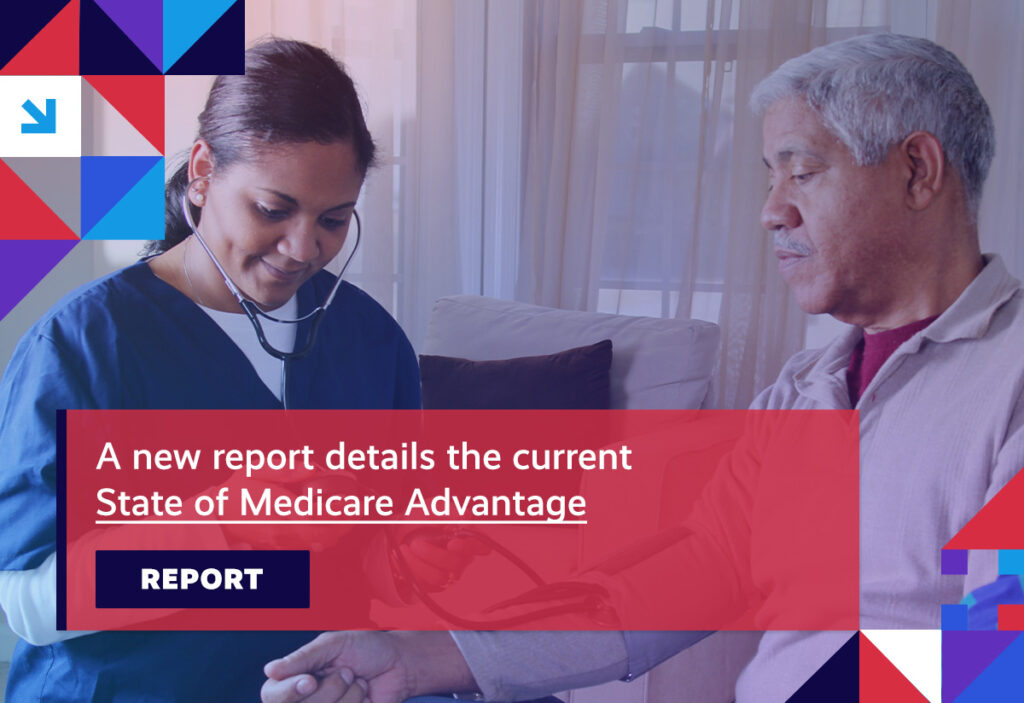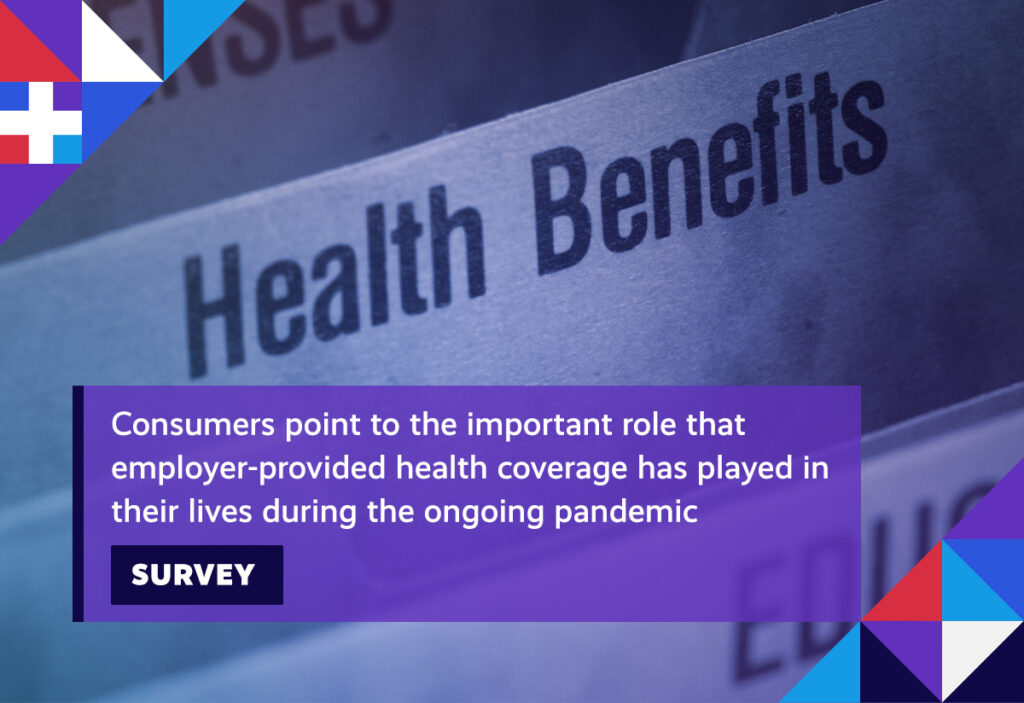A new report highlights the value of Medicare Advantage; hospital consolidation continues to reshape the care delivery landscape; elsewhere, nonprofit hospitals’ charity care is found to be lacking; and, Big Pharma’s patent abuse draws increased scrutiny.
We encourage you to stay involved as implementation efforts surrounding healthcare reform progress. Visit the Health Action Network and be sure to let us know what’s on your mind.
Item of the Week

Week in Review
MA Value: With enrollment in the Medicare Advantage (MA) program nearing half of all eligible beneficiaries, a new report provides insights into why the program continues to be such an attractive option for eligible enrollees. According to the data released by the Better Medicare Alliance, MA plans are not only seeing high enrollment in 2022 compared to last year, but they’re also seeing lower spending and greater diversity. In terms of enrollment, 29.5 million beneficiaries (46 percent of the overall Medicare population) now choose MA over traditional Medicare. Not only that, beneficiaries spend nearly $2,000 less every year on premiums and out-of-pocket costs, which likely helps the program achieve a 94 percent satisfaction rate.

Hospital M&A: As recently covered, there’s growing concern over the impact that hospital consolidation is having on our healthcare delivery model. Research has already shown that in highly concentrated markets (in which health systems have little to no competition), not only do prices go up, but the quality of care being delivered also goes down. Unfortunately, the latest market analysis shows a continuation of the merger and acquisition (M&A) trend reshaping the delivery landscape. According to the analysis, the 13 hospital and health system M&A transactions completed in the second quarter of this year were on trend with the past two (pandemic) years. However, the total transacted revenue of those deals reached an “historic high” of over $19 billion, more than double the amount seen in the same quarter of 2021. These mega transactions point to an escalation of the worrying trend that’s seen already large health systems and hospitals combine to form even larger health systems and hospitals. Lawmakers have taken notice, like Rep. Victoria Spartz (R-Indiana), who recently introduced legislation aimed at addressing hospital competition and improving affordability.
Nonprofit Hospitals: Separately, increased attention is also being paid to the level of charity care being provided by nonprofit hospitals. For instance, a recently released report in New York which showed that tens of thousands of patients had their wages garnished for medical debts stemming from care they’d received at nonprofit hospitals. The report was compiled by the Community Service Society, an urban poverty nonprofit organization that set out to understand how pervasive “predatory” debt collection practices have become in the state. Their analysis uncovered that about half of the nonprofit hospitals they’d surveyed had collectively sued more than 53,000 patients. In fact, just twenty hospitals were responsible for 80 percent of those cases. The report comes on the heels of a pair of different studies, both reported by The Wall Street Journal, that add further context to the issue of nonprofit hospitals and the charity care they provide. The first found that these hospitals “routinely” charge uninsured, cash-paying patients higher rates than what they charge insured patients. The second took a look at the amount of patient revenue that nonprofit hospitals write off to cover financial aid for medical bills, comparing that amount to what their for-profit competitors write-off. Despite receiving billions in tax breaks, the nonprofit hospitals lagged behind the for-profits in terms of the charity care they provide their communities.
Rx Patent Abuse: With lawmakers and regulators increasingly focused on the issue of out-of-control drug prices, more attention is also being paid to how drugmakers manipulate the patent system to their own benefit. One of the most common and lucrative anti-competitive strategies exploited by the pharmaceutical industry is known as “evergreening” or life-cycle management. Simply put, this refers to brand-name drug manufacturers delaying the reformulation of their drugs until just before generic competition threatens their exclusivity. By gaming the system, drugmakers are able to artificially extend their monopoly protections and maintain their chokehold on profitable markets by procuring additional patents just before the ones on their original drugs expire. However, regulators at the Food and Drug Administration (FDA) and the U.S. Patent and Trademark Office (USPTO) announced last month that they would be teaming up to crack down on the use of these “incremental” patents. The effort is the direct result of the shared concern jointly expressed by FDA and USPTO officials about pharmaceutical patents. Stakeholders welcomed the announcement, underscoring support for improvements aimed at thwarting abuses of the patent system by brand-name drugmakers that limit competition and inappropriately extend product monopolies.
Spotlight

| You can keep up with the latest by following the Health Action Network on Twitter and by liking us on Facebook. And, be sure to check us out on LinkedIn, too. As always, let us know if there’s something you’d like to see covered in a future newsletter. |
